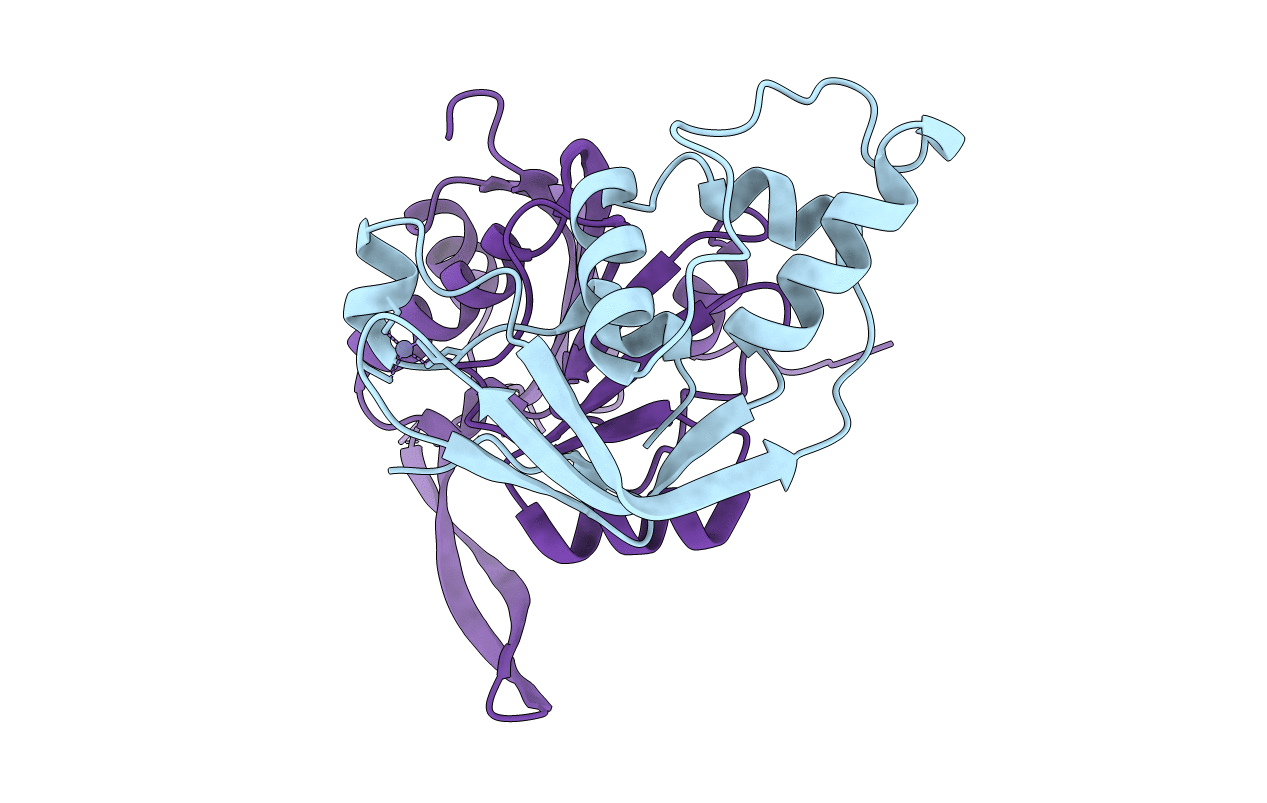
Deposition Date
2015-07-16
Release Date
2015-10-21
Last Version Date
2024-05-08
Entry Detail
PDB ID:
5CM2
Keywords:
Title:
Structure of Y. lipolytica Trm9-Trm112 complex, a methyltransferase modifying U34 in the anticodon loop of some tRNAs
Biological Source:
Source Organism:
Yarrowia lipolytica CLIB122 (Taxon ID: 284591)
Host Organism:
Method Details:
Experimental Method:
Resolution:
2.50 Å
R-Value Free:
0.24
R-Value Work:
0.19
R-Value Observed:
0.20
Space Group:
I 4 3 2


